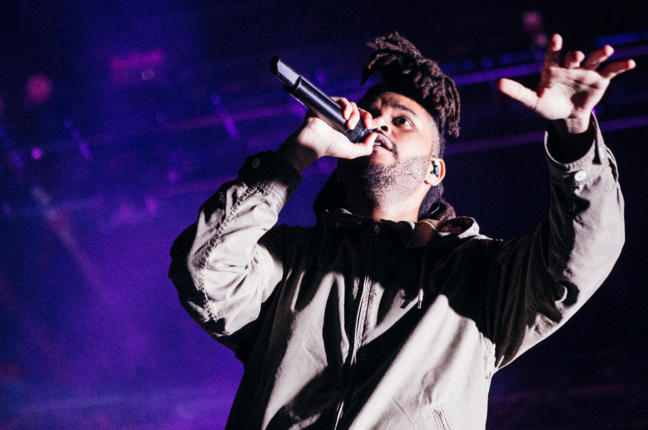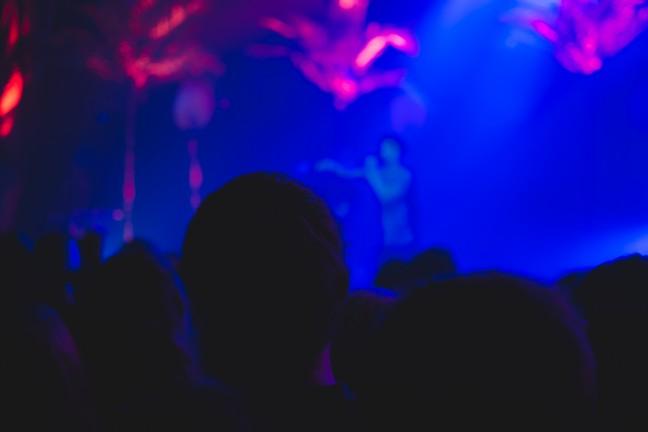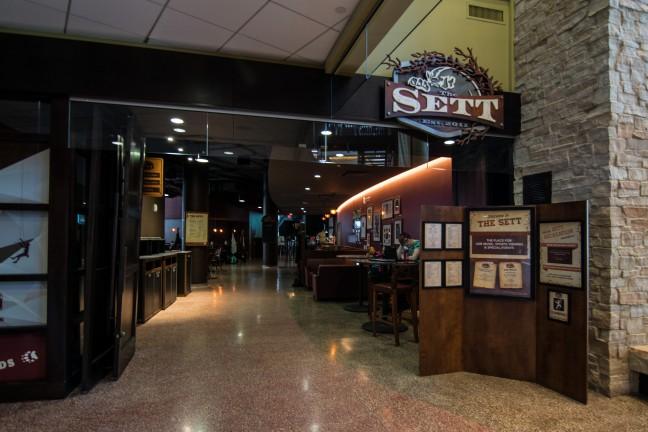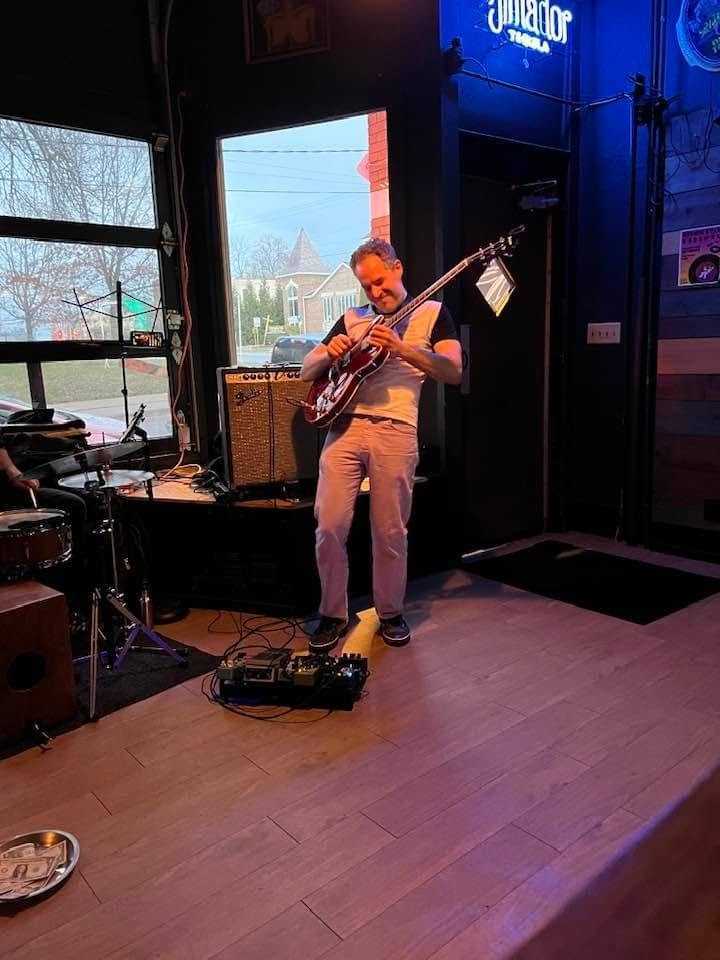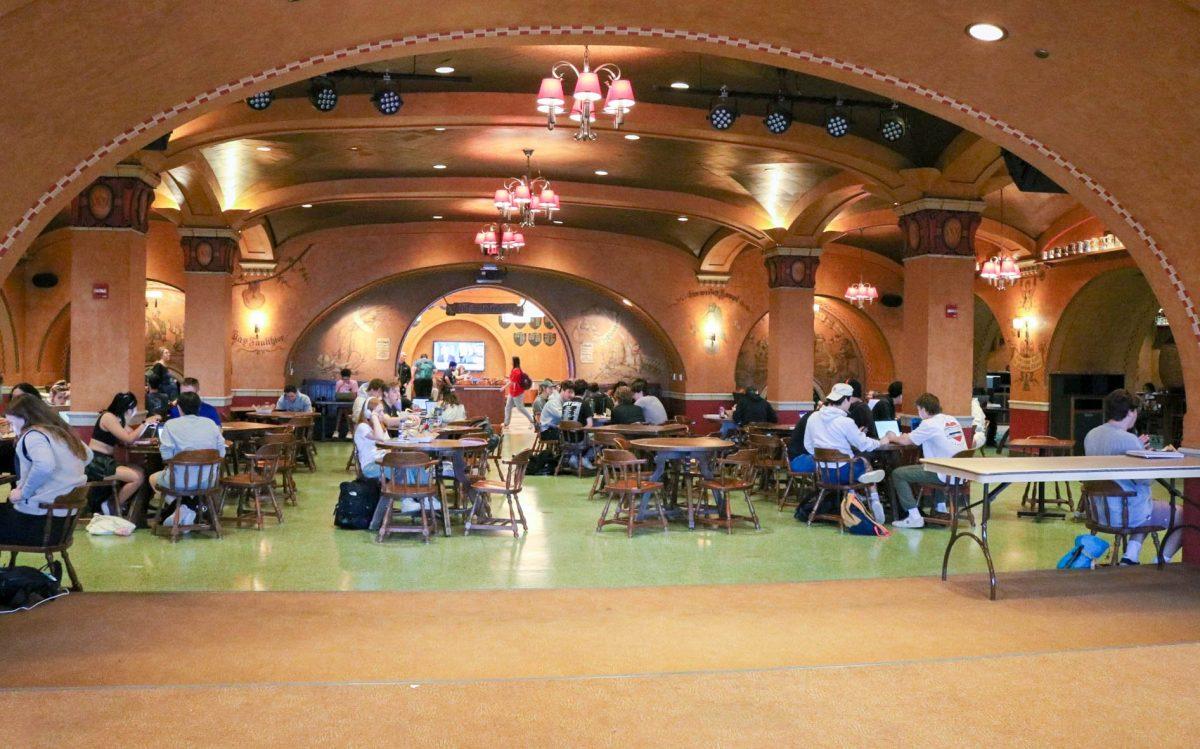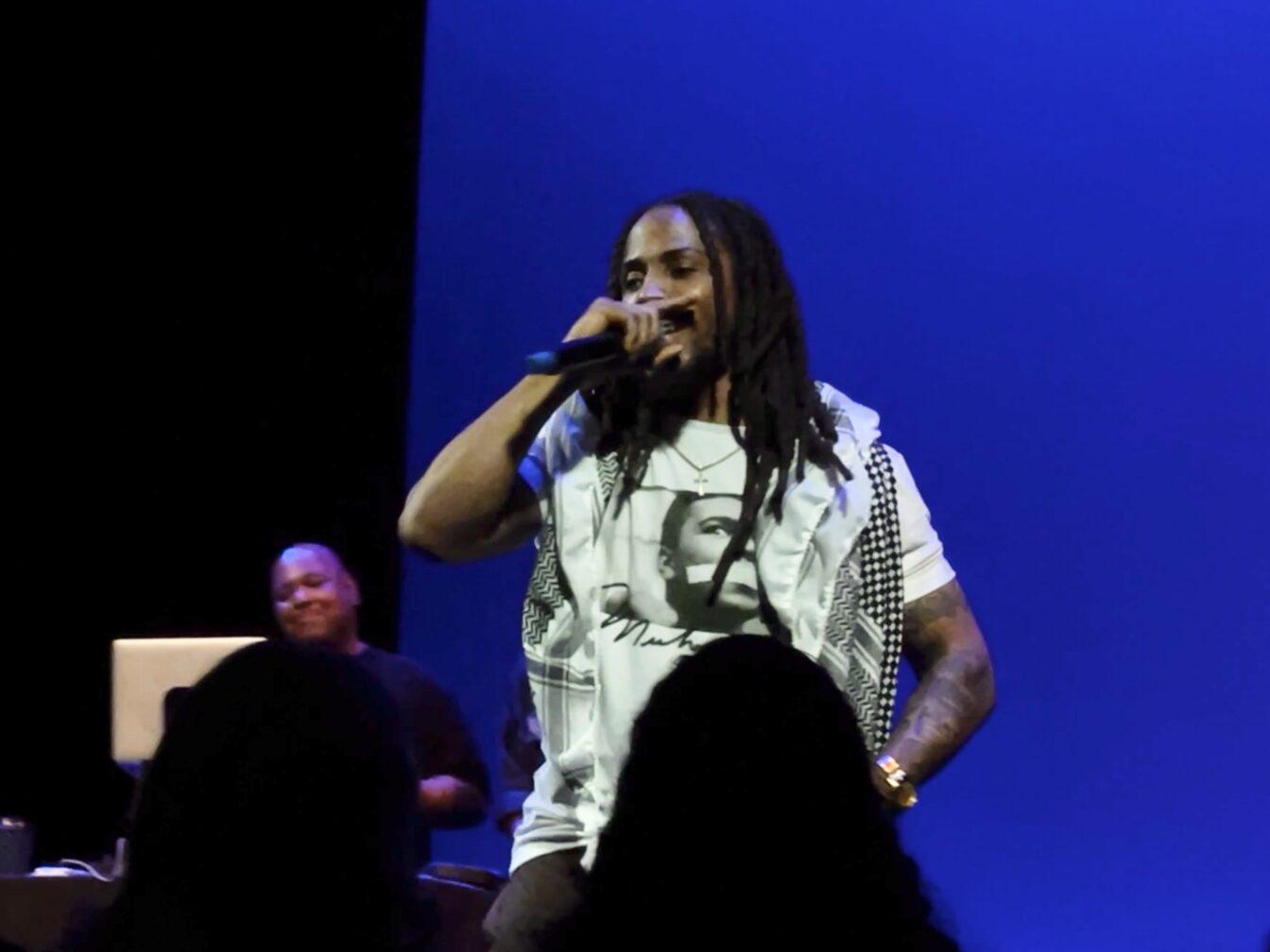Each passing decade is accompanied by changes in popular music. Whether it’s new instruments or tools, altered voices or new ways to listen, the sound of songs changes to reflect modern culture.
In the craziness that has been 2020, a fresh and alluring sound emerged. It combines the young generation’s awe for nostalgia, technology and lively dance beats. Emulated by some of the biggest names in music, this sound is — unofficially — recycled disco funk.
If you’ve heard a recent song that makes you feel like you’re in an 80s club or movie, you know what I’m talking about. This is Dua Lipa’s “Don’t Start Now” or The Weeknd’s “Blinding Lights.” They’re so popular they’ve been the subject of past TikTok trends.
Grammys: Billie Eilish wins big on night clouded by scandal, grief
The reason why these songs are so “boppy” lies in the key music concept of syncopation. First trending in the 70s and 80s, the sound is almost hardwired to make you get up and dance. It’s called, according to Charlie Harding’s guest appearance on Genius News, a “four on the floor rhythm.” It’s a simple four-stop beat. It’s a steady rhythm that gives space for other sounds and beats to mingle through it.
The four on the floor beat is a control blended with unexpected and colorful sounds, enough to surprise you and keep you hooked.
According to Genius News, queer artists developed these in the 70s and 80s in clubs. To recreate the sounds, musician and their producers use a series of synthesizers from different periods. The Roland Juno 60 is one of the best known to create that signature 80s sound in music. It emanates an escape from reality, each beat a step into a different dimension.
This was what 80s music is known for, and the type of vibe many artists try to revamp for their audiences. Each song in this genre has a different blend, volume and rhythm that, while carried by thicker percussion, creates a pattern and fullness.
The second most important part of the music is the 80s style beat that often comes from the LinnDrum, made popular by Prince. It gives an electric flare and a faux sound that adds diversity to the drums. A quirky electric guitar or set of strings follows the drums in a subtle accompaniment. As a cherry on top, artists utilize a few signature sounds, like drum riffs or spaceship noises, to name a few.
Review of opened movie theaters with Christopher Nolan’s ‘Tenet’
With The Weeknd, the recycling of sound is very obvious. Not only does he use synths and the LinnDrum machine, but he pays homage to Prince through his falsetto and lyric cameos. Songs on his album “After Hours” sound like a vintage arcade.
You can’t help but imagine lasers of color shooting off as he refuses to ration the synths. His most popular song on the album, “Blinding Lights,” topped Billboard charts for almost four months. It’s been at the top longer than any other male solo artist.
Dua Lipa takes a similar approach to some songs on her album “Future Nostalgia,” but some emulate a retro workout class. While The Weeknd alternates between arcade and scruffy, getaway car vibes, Lipa finds a balance between that gamer feel and a feminine empowering groove.
Her lyrics embody that of a strong and fearless woman, which are backed up tirelessly by the fast-paced disco funk. Lipa’s “Don’t Start Now” on the album was a smash hit. It peaked at #2 on the Billboard Chart and remained on the list for six months.
Both “Future Nostalgia” and “After Hours” have been Grammy-nominated for Album of the Year, and based on their popularity, it’s deserving. They both create a sense of disco fever — dancing as if the laws of reality don’t apply to you. They fill you with a burst of confidence and all the groovy sensations of a mobile club.
Noah Kahan brings ‘Busyhead’ tour to Madison with opener JP Saxe
Besides these two massive hits, other artists have successfully deployed the recycled disco funk trend. In Lizzo’s “Juice,” she deploys the four on the floor beat and uses her range as a major thread in weaving through that rhythm. Her music video is filled with references of retro 80s television, including hair spray commercials and a very colorful workout video that emanates feminine power.
Doja Cat also utilizes the rhythm with her song, “Say So,” which also received a lot of intention on Tik Tok. Daft Punk can be considered an early example of the style’s development, especially with their album “Random Access Memories” and their appearance as retro robots.
Lady Gaga’s “Stupid Love” has that fast synthesizer and, like Lizzo, relies heavily on her voice to thread through the sounds. And who could forget Yung Bae, bbno$ and Billy Marchiafava’s “Bad Boy,” the quintessential club track of 2020?
Recycled disco funk is the latest trend in music, and based on the charts, the people are happy to hear it. As more and more artists try their hand at the phenomenon, our culture continues to emanate the sounds of past decades and revive them in a fresh and original way.








